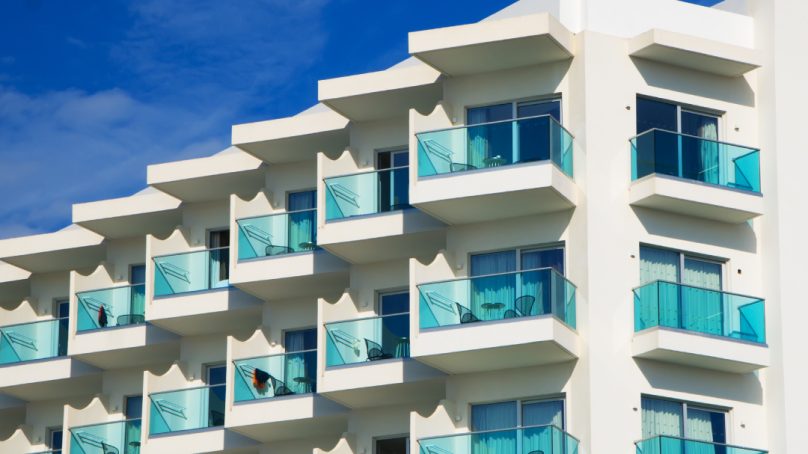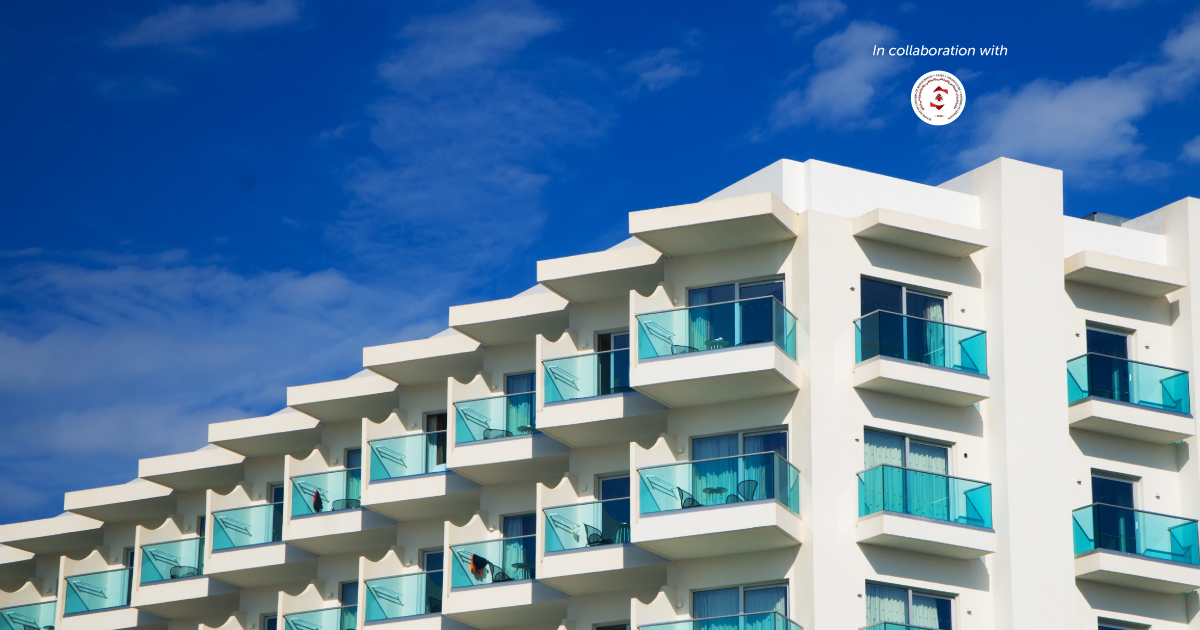

The growing demand for luxury and wellness-focused travel experiences is expected to drive strong financial returns, and there is no lack of financial backing or development partners willing to help boost the supply of high-end accommodation. In 2023, we witnessed the opening of an array of hotels spanning a diverse range of business models, including converted legacy buildings and refurbished properties operated by legacy brands, and others launched as new spectacular hotels.
Decision-driving criteria
When choosing whether to stay at a refurbished hotel or a new property, travelers will make their decisions based on several criteria, starting with personal preferences and budget. Some will prioritize modern amenities and design, while others value historical charm and the unique character of a restored hotel. A percentage of guests, meanwhile, are willing to pay a premium for a new state-of-the-art venue. However, for hotel and real estate investors, and brand operators, deciding whether to invest in refurbished or new hotels involves different sets of considerations, each with its own set of potential risks and rewards. Below are some key implications and factors that will influence these decisions.
The initial considerations for hotels
Newly built hotels: the main issues that will require thought with new builds are land scouting, zoning, acquisition, construction and infrastructure costs. Other considerations will include furnishing, finishing and technology integration. It’s also important to remember that professional fees for project management, architects and engineers will be higher, while licenses and permits, together with regulatory challenges, may well lengthen the development time.
Refurbished properties: the financial implications with these hotels may be lighter, with operations usually focused on stripping down the property and renovations, modernization and refreshing design and décor. Other work is likely to involve upgrading to current safety compliances, bringing the property in line with brand standards. However, these costs may escalate quickly, depending on the state of the building, the condition of its structural integrity, the scope of work needed to undertake updating and upgrading of the facility, and the labor costs.
Historic and cultural benefits
Provided there are no hidden renovation surprises or unexpected land acquisition costs, and the basic structure is in place, converting a building into a hotel usually means a lower initial investment and reduced debt and interest burden than with new builds. Market penetration risk is also lower, since refurbished properties are often already well established in areas with existing demand. The advantage of market differentiation in historic and unique properties can also provide a competitive advantage and a distinctive guest experience, helping the refurbished hotel to stand out from the crowd.
Championing heritage in hotels
One example is Six Senses Roma, an IHG Hotel which opened in 2023 in a prime location in Rome. Marking the 96 keys Six Senses Luxury brand’s entry into Italy’s capital city, the hotel is housed in the historical 18th-century Palazzo Salviati Cesi Mellini near the Trevi fountain and Pantheon. Significant funds were channeled into carefully restoring the building’s historic features, including frescoes, stone walls and other architectural elements, ensuring that the building’s architectural heritage was preserved. This was then balanced with the incorporation of modern amenities, with investment in the overall project estimated at more than Euro 200 million.
Not all converted buildings have the same potential, however. Many investors face challenges with the structural limitations of existing properties that might prevent these hotels from offering the same level of modern amenities, comfort and convenience as brand-new hotels. Once operational, maintenance issues may also arise and prove to be higher in terms of costs than those for new builds on an ongoing basis. Significantly, the market perception can also be a big variable, especially for properties without a unique selling proposition.
Creating the iconic
In growing markets, where land is available in abundance, building new hotels may well prove to be advantageous. Investment in luxury accommodation remains strongest in the Gulf and Saudi Arabia, buoyed by the vast expanses of land available for development in the GCC countries. Here, investors can acquire land to build new hotels relatively easily. In countries where things are never done by halves, investors, brand owners and operators alike have the opportunity to create hotels that are also iconic structures, showcasing cutting edge features. From the latest in-room technology and energy-efficient systems to luxurious amenities, these groundbreaking properties are fully designed with the modern traveler in mind. While initial costs may be higher and development times longer, these new builds will appeal to investors and operators with the necessary resources, whose vision and goals are long term.
Scalability potential in hotels
Customizing a new hotel gives the designer the flexibility to meet both current and future market trends. Large hotel chains, in particular, may prefer building new properties to ensure brand consistency and incorporate the latest trends and technologies. New hotels can also be branded to fit seamlessly with the hotel chain, ensuring consistency and brand recognition. Importantly, these tailored constructions offer hotel investors the opportunity to include a certain scalability that makes it easier to incorporate solutions for future expansion or upgrades.
Perhaps the biggest advantage of new builds, however, is that they are designed with energy efficiency and operational efficiency in mind, incorporating the latest in green building technologies and reducing long-term operating costs.
One example is the One & Only Za’abeel, a luxurious mixed-use development located in Dubai. This first vertical urban resort boasts the longest infinity pool in the UAE and features a distinctive dual-tower design, connected by a panoramic sky concourse known as ‘The Link.’ Offering stunning views of Dubai skyline, The Link is one of the longest cantilevered buildings in the world, highlighting the innovative engineering aspect of the new build.
The decision of whether to choose a refurbish property or new hotel for a project will depend on a variety of factors, from financial considerations to market opportunities and brand strategy. While each option offers its own set of challenges and opportunities, one essential driver in the decision-making process should be ensuring that the property aligns with the operator’s long-term vision.

board member of the Syndicate of Owners of Restaurants, Cafes, Night-clubs & Pastries in Lebanon












